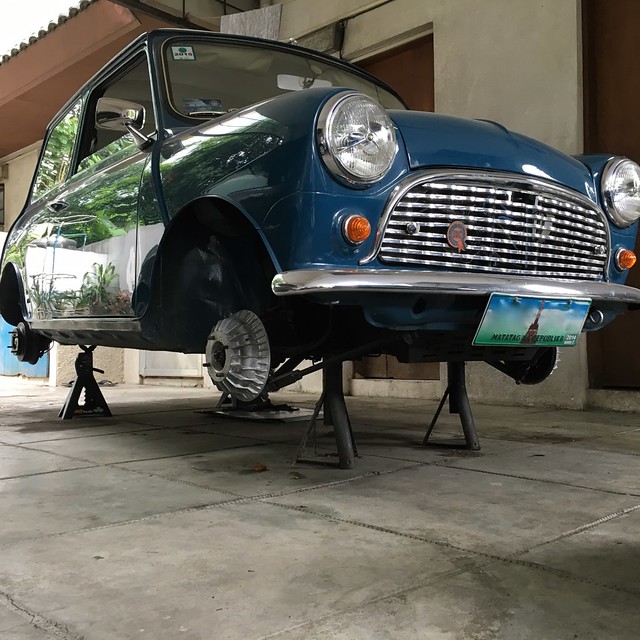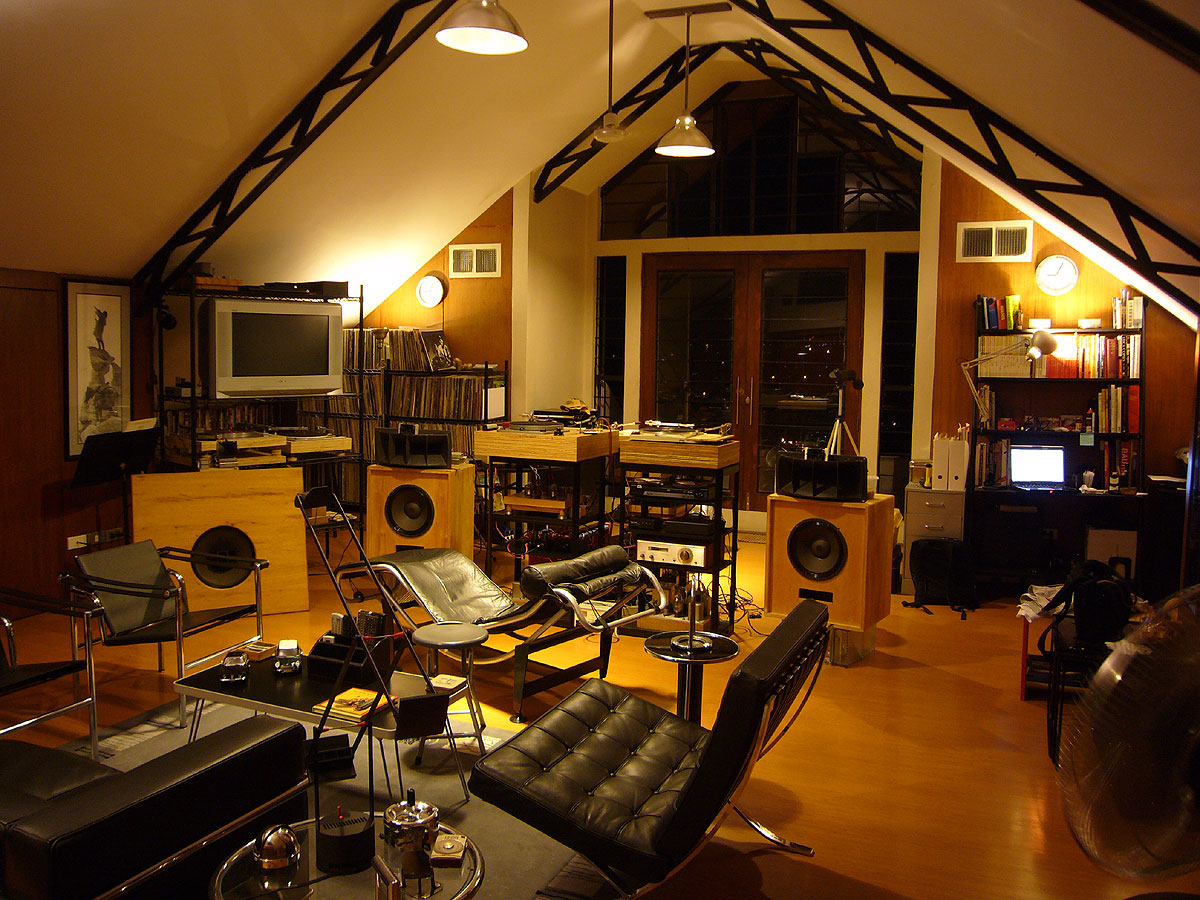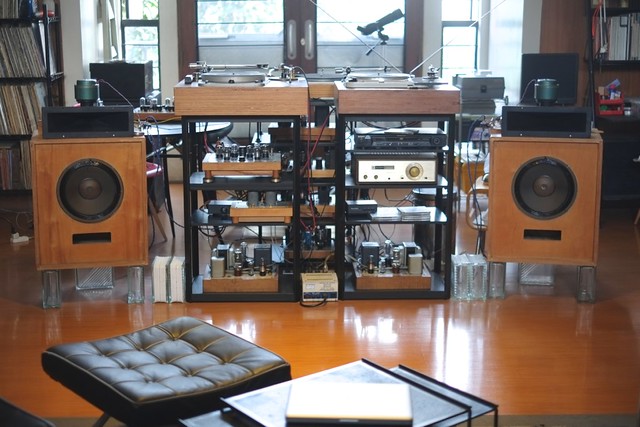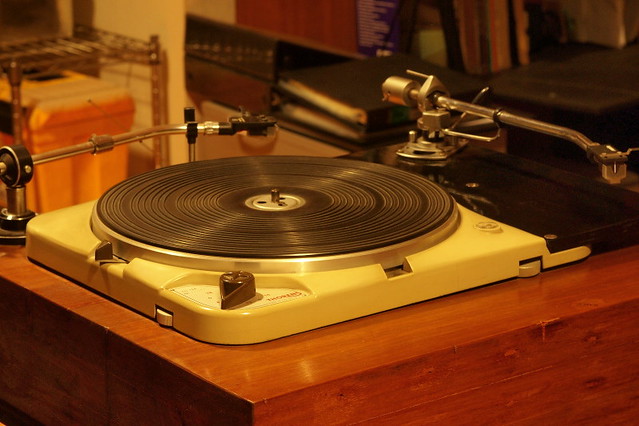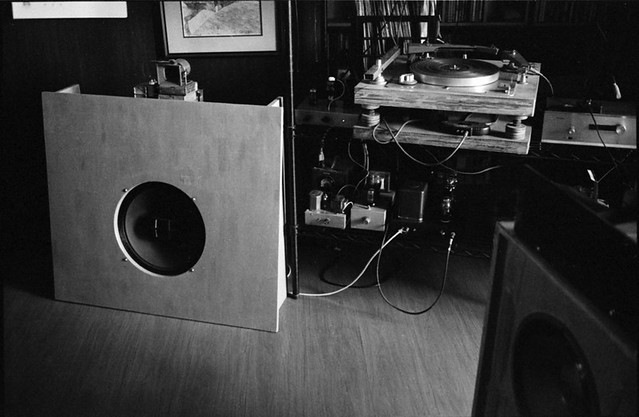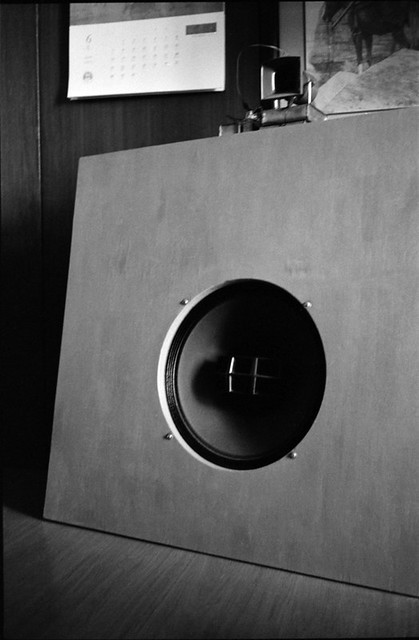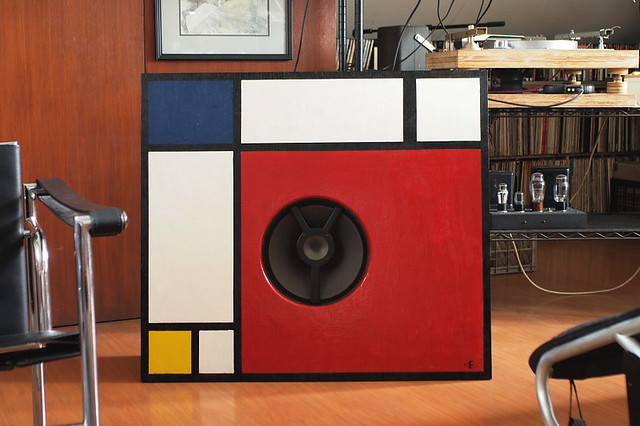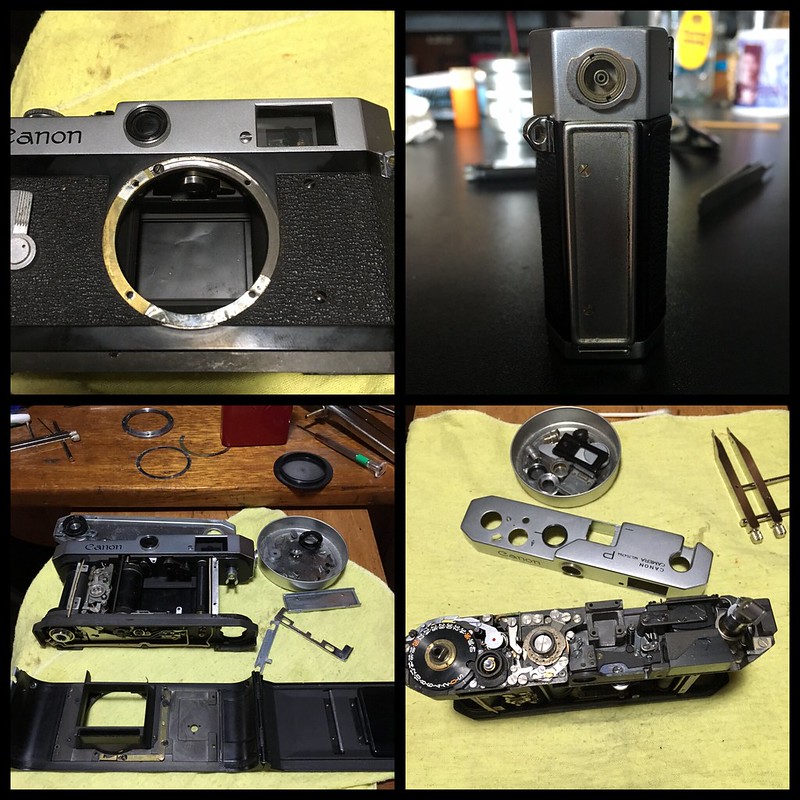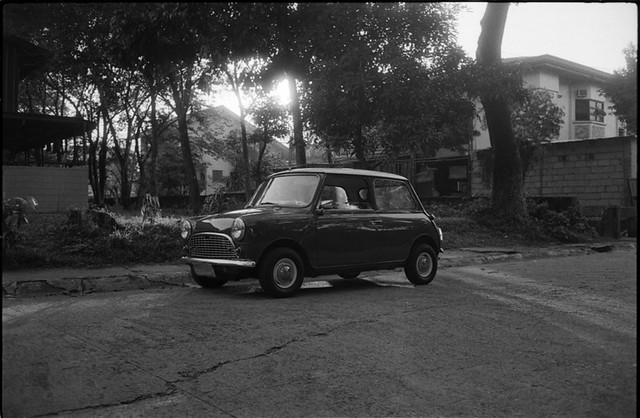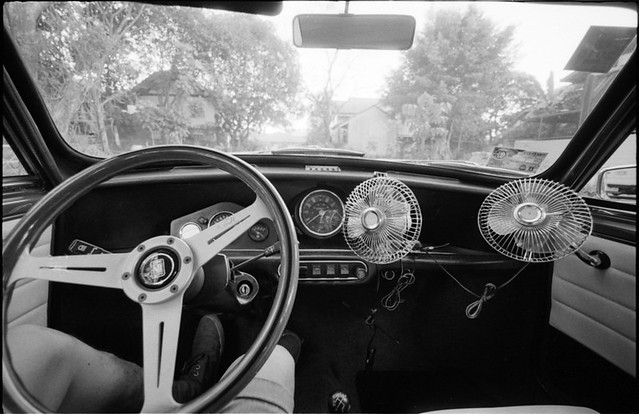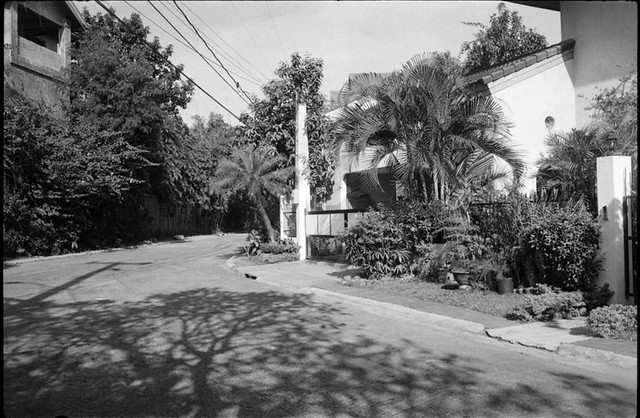Mixing line level stereophonic signals into full dimensional monophonic ;)
Here's a DIY project for mono aficionados that's so basic, I should have uploaded it many years ago. But other things got in the way.
Just like an MC step-up, these are entirely passive devices.
The simplest way to convert stereo to mono is to connect left and right channels via a Y connector. But there's a more elegant way than just shorting two channels.
Resistors can blend two signals into one better by...
...using Allen-Bradley carbon composition for warmer sound ;)
Line Output Transformers
This single UTC A-20 transformer was in a box lot of tubes and parts I picked up at a radio show. It's a high quality transformer designed for mic, mixer or line matching applications. Instead of trying to find a mate for MC step-up duty, I repurposed it for a greater calling in my mono rig.
Left and right channels from a stereo source are fed into each primary winding. The summed mono output is taken from the series-connected secondary winding, which goes into the line level input of a mono preamp.
The Covid 19 lockdown was a good opportunity to reassess past projects.
I realized that my original practice of connecting the left and right stereo channels to the split primaries of a single UTC A20 line transformer was sonically inferior to the 2 x Tamura line transformers with their secondaries connected in series as shown above.
The classic UTC A20 and A21 are still very fine contenders but two are needed instead of one. Use the specs above as a guide for hunting transformers under the radar.
If you prefer modern transformers, I highly recommend contacting dave slagle of Intact Audio. He winds fine sounding transformers to spec using high quality materials.
He generously provided the following technical explanation as to why my original recommendation was flawed.
- if the L & R outputs share the same core they are effectively in parallel even if the secondaries are connected in series
- if the L & R are on discrete cores and the secondaries are in parallel the circuit can be drawn as one channel driving the other through two transformers
- if the L & R are on discrete cores and the secondaries in series then the load is also part of the series circuit so a high impedance is reflected back
Subjectively, using a single transformer I heard truncated frequency extremes, compressed dynamics and less detail. With two transformers the sound was cleaner and more articulate with more extension at frequency extremes. Dynamic nuances at micro and macro levels improved significantly. There's also a greater sense of space and ambience!

















